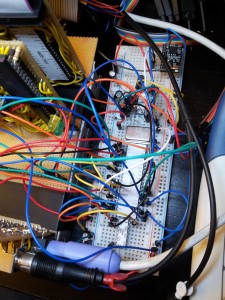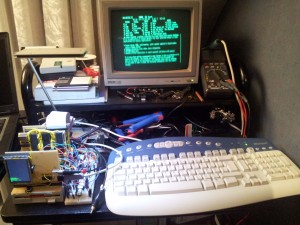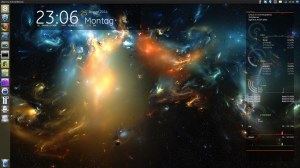I use btrbk on my systems to manage Btrfs snapshots and backups. It is fast, reliable, and well proven — but it lives entirely on the command line. That was the motivation behind btrbk-gui.
btrbk-gui is a small graphical companion that sits quietly in the system tray and shows the current backup status at a glance: whether the last run was successful, is still running, or failed. That is very much intentional. It does not try to replace btrbk or add its own backup logic — it simply makes the existing workflow more visible.
From the tray menu, common actions such as starting a backup manually or resuming an interrupted run can be triggered easily. There is also an option to view the most recent backup log, without having to open a terminal window.
The project is aimed at users who already rely on btrbk and just want a quick, visual confirmation that their backups are doing what they are supposed to do. Think of it as a lightweight quality-of-life improvement rather than a full backup application.
The code is open source and intentionally kept small and focused. Feel free to explore it, adapt it, or use it as a starting point for your own desktop tools.
Get the code:
git clone https://d-fence.sytes.net/git/btrbk-gui.git




